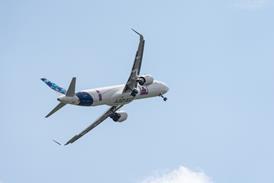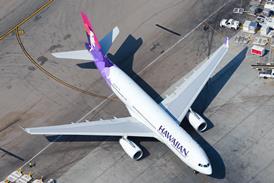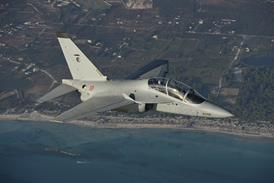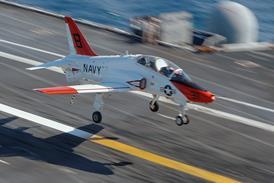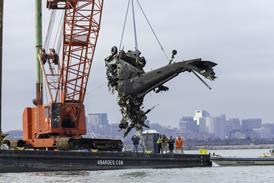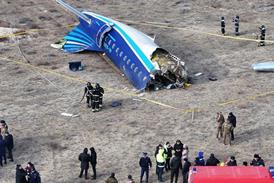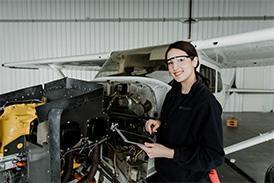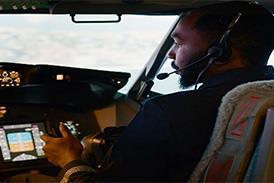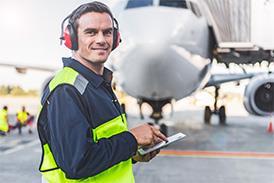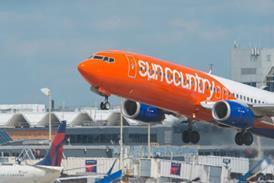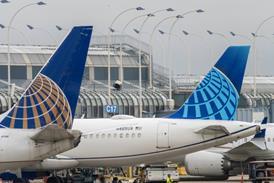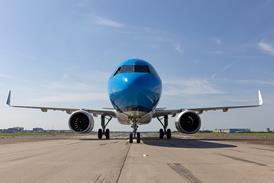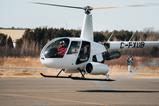The UK government has confirmed over £20 million ($26 million) in funding as part of a push to pave the way for electric air taxi use from 2028.
To be split between the UK Civil Aviation Authority (CAA) and the Future Flight Challenge programme, the money will also be used to spur the development of beyond visual line of sight (BVLOS) drone operations.
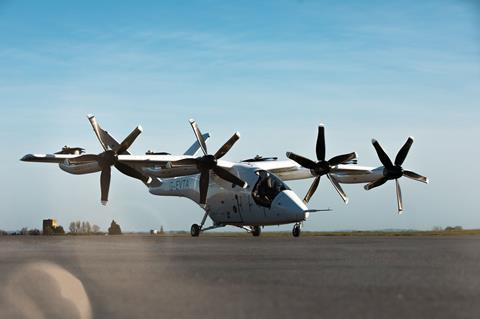
In all, the CAA will receive £16.5 million in the 2025 financial year to deliver a regulatory programme that enables both new technologies.
That will include publication of a roadmap for the introduction of piloted electric vertical take-off and landing (eVTOL) aircraft, development of “drone pathways”, and consulting on the concept of operations for uncrewed traffic management and detect and avoid technology.
Stuart Simpson, chief executive of UK-based Vertical Aerospace, which is developing the VX4 eVTOL, praises the move.
“The UK has an incredible opportunity to lead the world in this new era of aviation, delivering not just greener transport but real economic growth and skilled jobs.
“This latest funding is another welcome step towards seeing that ambition realised and our world-leading aircraft flying in British skies from 2028.”
In addition, the Future Flight Challenge will receive up to £5 million from the Department for Transport (DfT) and Innovate UK, helping to support the industry to commercialise the new technologies.
This will include regional demonstrations and supporting development of commercial drone and air taxi solutions.
Additionally, to support the wider push for uncrewed air vehicle (UAV) operations, the DfT and the Department for Science, Innovation & Technology have jointly agreed six steps for the CAA to implement by March next year to “streamline” regulations.
These include consulting on a mandate for electronic conspicuity, developing a simplified process to enable two-year airspace changes for UAV operations – up from the current 90-day maximum, and working with “specific operators as pathfinders”.
“Use cases like these create a pathway for other operators to follow, as well as generating data that can be used to inform future policy and shared with industry,” the departments state.
“The CAA should continue this approach and enable increasingly complex operations in a rapid and safe manner.”
Operators from both the UAV and eVTOL sectors are also participating in the new Future of Flight Industry Group, co-chaired by aviation minister Mike Kane and Duncan Walker, chief of UK-headquartered Skyports Infrastructure.
Focussed on “how to unlock the benefits of future aviation technologies”, the group held its inaugural meeting on 1 April.
Separately, Skyports has completed construction of its first vertiport at Bicester Motion in central England.
The site is now “gearing up for an operational testing phase” with the assistance of the Future Flight Challenge.
Vertical has also previously disclosed plans to operate demonstration flights from the location this year.
Meanwhile, Vertical appears to be edging closer to the start of its next test phase – wingborne flights of its VX4 prototype.
Undated footage posted on social media on 1 April shows the eVTOL aircraft performing high-speed taxi runs, a critical test point to be achieved before take-off.
Vertical has also disclosed that it is adopting the Combined Charging Standard for its VX4.
It joins fellow eVTOL developers Archer Aviation and Beta Technologies in opting for the fast-charging standard.
“This move accelerates eVTOL deployment, reduces costs and ensures seamless integration for the VX4 across the charging network,” says Vertical.



